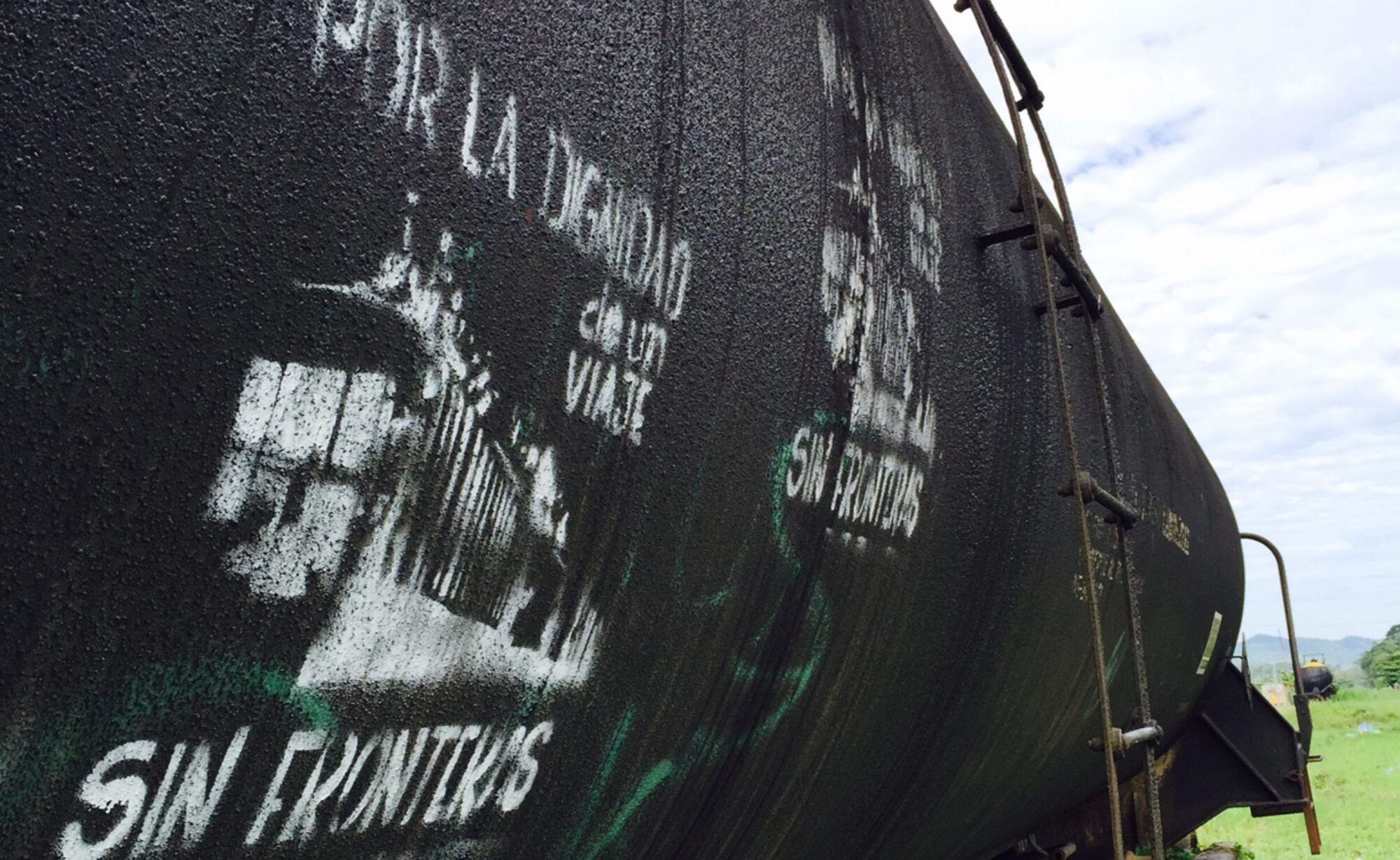ONE WAY TO LOSE a popularity contest in the United States is to mention in polite company — who may be chatting about, say, the impeachment or the Mueller investigation — the numerous ways the United States has meddled in the affairs of other countries throughout many years.
Rigging elections might be the most benign offense on a list that includes engineering military coups, forcing economic policies beneficial to corporations, or blasting another country to bits. And if you mention any of these truths, and the wrong person is in the crowd, there is a chance that the rebuttal will be the following old insult: if you don’t like the country, why don’t you just leave?
Read the rest here, as published in the Los Angeles Review of Books.
